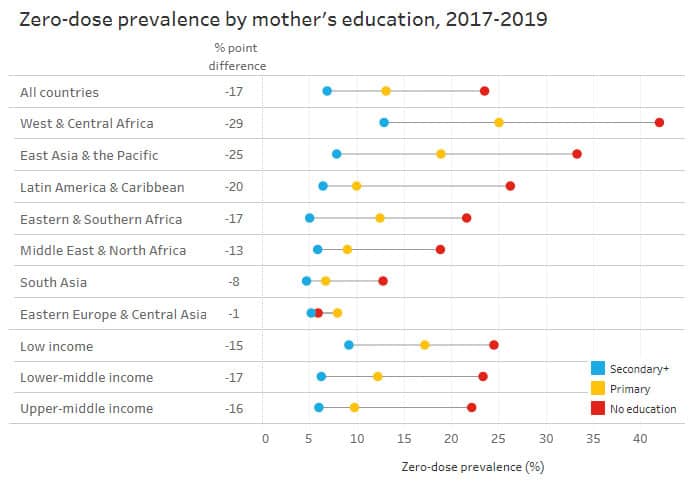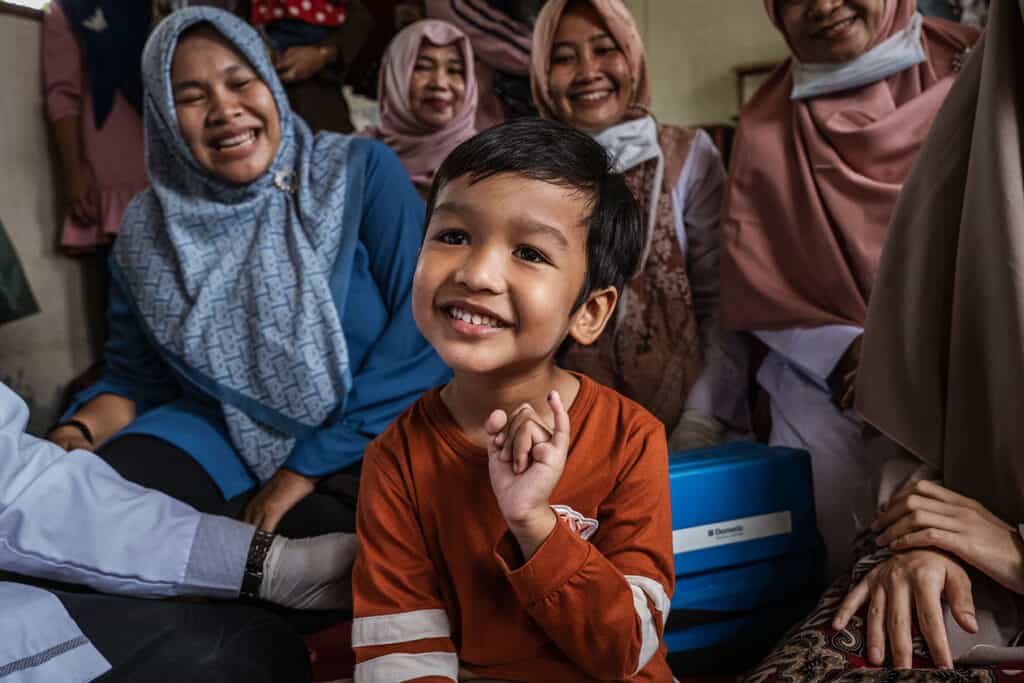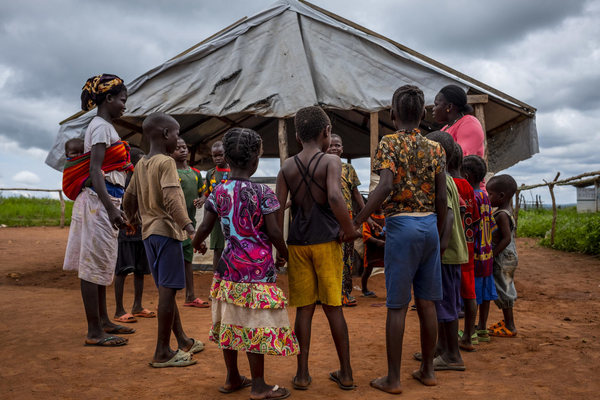World Immunization Week (WIW) is an annual event celebrated globally to raise awareness about the importance of vaccines in protecting people against preventable diseases. In 2023, the theme of WIW is “Vaccines Work: Save Lives,” highlighting the incredible power of vaccines in saving lives and preventing illness.
In the last 75 years since UNICEF started vaccinating children against tuberculosis, the world has seen extraordinary progresses towards reducing the number of diseases that can be prevented with vaccines. However, the COVID-19 pandemic set immunization back to levels last seen in 2008. Partially due to lockdowns and service disruptions during the pandemic, but also due to increasing economic crises and conflict, and declines in vaccine confidence, the world lost more than a decade’s progress in ensuring every child is adequately immunized. In 2021, there were 18.2 million children, who have not received the first dose of the vaccine that contain diphtheria, tetanus and pertussis (DTP). The number of these so-called “zero-dose” children increased by 5 million annually since 2019.
For WIW 2023, to shine a light on the issue once thought as conquered, the Data and Analytics team at UNICEF has created ‘Zero-dose: The children missing out on life-saving vaccines’ dashboard with the purpose of raising awareness in an evidence-driven way about the concerning global trend, regressing the progress for immunization, and the vast inequities in zero-dose prevalence both within and between regions.
The 2023 State of the World’s Children (SOWC) report, published ahead of WIW, also focuses on immunization, sounding the alarm about children missing out on routine vaccinations and about worrying signs that the confidence in vaccines is decreasing in some countries.
To help contextualize the issues of “zero-dose” children, the WIW dashboard presents the data on these children in different countries and regions around the world as reported through the latest WHO/UNICEF Estimates of National Immunization Coverage (WUENIC, 2021 revision) and the 2023 SOWC report. For instance, it highlights the top 20 countries with zero-dose children as well as equity stratifiers by area of residence, wealth and sex of the child. It also allows downloading of data used in the dashboard so that users can access the data to create their own visualizations.
One of the infographics in the dashboard compares zero-dose prevalence between urban and rural areas of residence, showing that children residing in rural areas are nearly twice likely to be zero-dose than those in urban areas. In the most extreme case, in West and Central Africa, there is an 18 percentage point difference in zero-dose prevalence between urban and rural areas. The higher prevalence in rural areas can be attributed to various factors including fewer vaccination services than in cities, long distances to existing services and unreliable power and water supplies.

Another visualization offers a regional comparison of zero-dose prevalence by mother’s education level. As maternal education is a strong predictor of zero-dose prevalence, wide zero-dose inequalities are found in nearly all regions with the highest levels among children born to mothers with no formal education.

Come into sharper relief through the data presented in the WIW dashboard is the intersecting nature of the challenges with providing immunization services. To build back immunity, we need to work not only on securing the adequate vaccine supplies and their equal distributions but also educating the parents and caregivers on the importance of vaccines as well as ensuring physical and monetary access to vaccination services.
The evidence illustrated in the dashboard makes clear that building back immunity requires a multi-sectoral approach. Only through collective action can we bring back confidence in vaccines and immunization rates to make progress towards ensure vaccination for every child.


